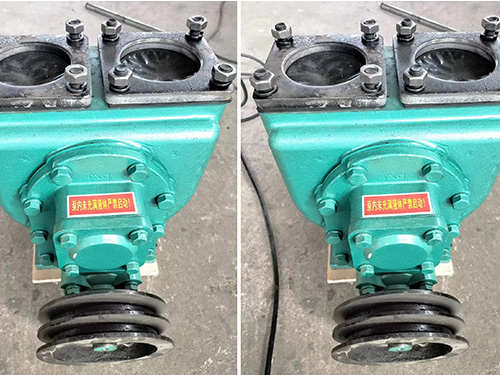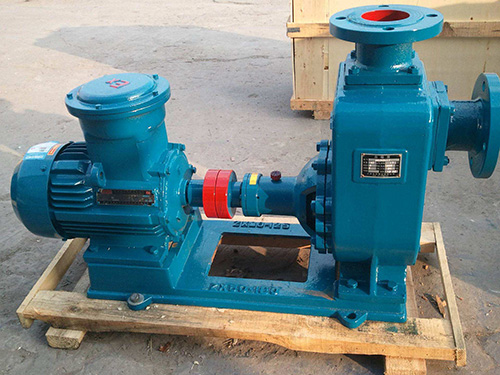The reason for the decrease in flow rate of gear oil pump after prolonged use
2024-10-28 08:17:15
It is common for gear oil pumps to experience a decrease in flow rate after prolonged use, which may be caused by multiple reasons. Understanding these reasons can help take appropriate measures to solve the problem. Here are some common reasons that may cause a decrease in the flow rate of the gear oil pump:
1. Wear and aging: Long term operation can cause natural wear and tear on gears, pump bodies, and other parts, especially the tooth surfaces of gears and the inner walls of pump casings. This kind of wear will increase the originally tight gap, affecting the sealing performance of the pump, thereby reducing the effective volume of the gear oil pump and resulting in a decrease in flow rate.
2. Filter blockage: If the filter at the oil inlet is not regularly cleaned or replaced, accumulated impurities will clog the filter screen, increase the resistance of fluid passage, directly affect the suction effect of the pump, and thus affect the flow rate of the pump.
3. Aging of seals: Sealing components such as shaft seals and O-rings in gear oil pumps may harden, crack, or expand over time, losing their original elasticity and unable to effectively prevent leakage, indirectly affecting the pump's flow output.
4. Decreased speed of the driving device: The speed of the gear oil pump is directly related to its flow rate. If the speed of the driving device such as the motor or reducer decreases due to malfunction or improper maintenance, the actual flow rate of the pump will also decrease accordingly.
5. Excessive viscosity: If the viscosity of the oil used is too high, it will increase the difficulty of pumping, especially in low-temperature environments where the oil has poor fluidity, making it difficult for the pump to suction and discharge, resulting in a decrease in flow rate.
6. System leakage: In addition to the leakage of the pump itself, other parts of the system such as pipeline joints, valves, etc. may also have leakage points, which can cause the actual output of the pump to be lower than the theoretical value.
7. Air or gas entrainment in pump chamber: Air or gas, especially non compressible gases, mixed into the pump chamber will occupy a certain volume and not participate in the transmission of liquid, resulting in a decrease in actual liquid flow rate.
8. Installation or assembly issues: Incorrect installation angles, improper assembly, and other reasons can also affect the performance of the pump, such as reversing the positions of the inlet and outlet ports, or connecting pipelines that are not reasonable, which may cause insufficient flow.
In the face of these problems, regular inspection and maintenance are necessary, including cleaning filters, replacing worn parts, adjusting the speed of the drive device, using oil with appropriate temperature and viscosity, and timely repairing leakage points, all of which are key measures to maintain the normal operation of the gear oil pump. In addition, following the manufacturer's user manual and professional advice for operation can also prevent most potential problems and extend the service life of the pump.

The YHCB high flow pump has the characteristics of large flow rate, high head, small settli...

The CYZ centrifugal pump adopts an axial return liquid pump body structure, which is compos...

Copper gear pump (KCB type) is suitable for conveying lubricating oil or other liquids with...

The car mounted circular arc gear pump can be installed on the car and driven by the output...



